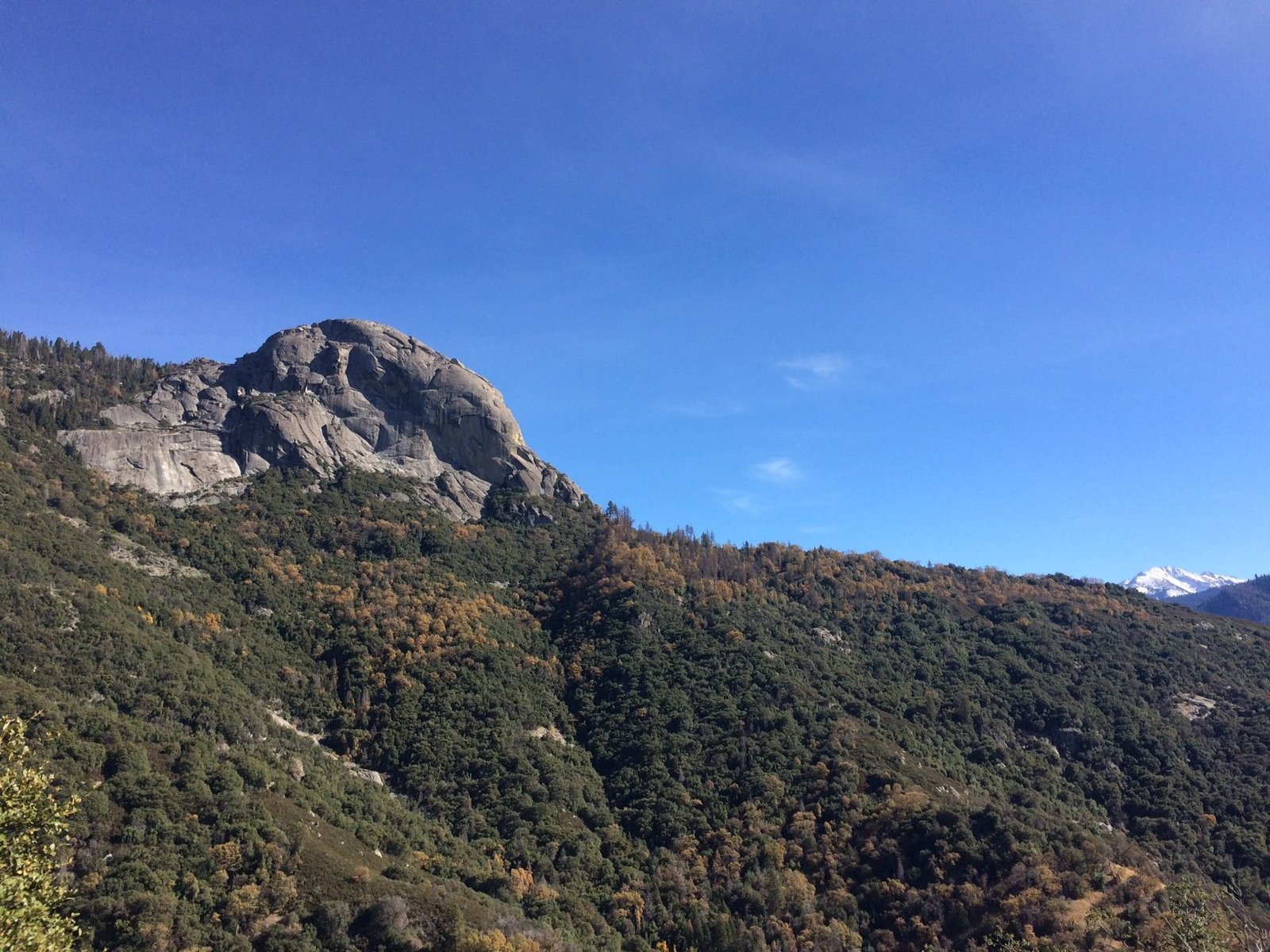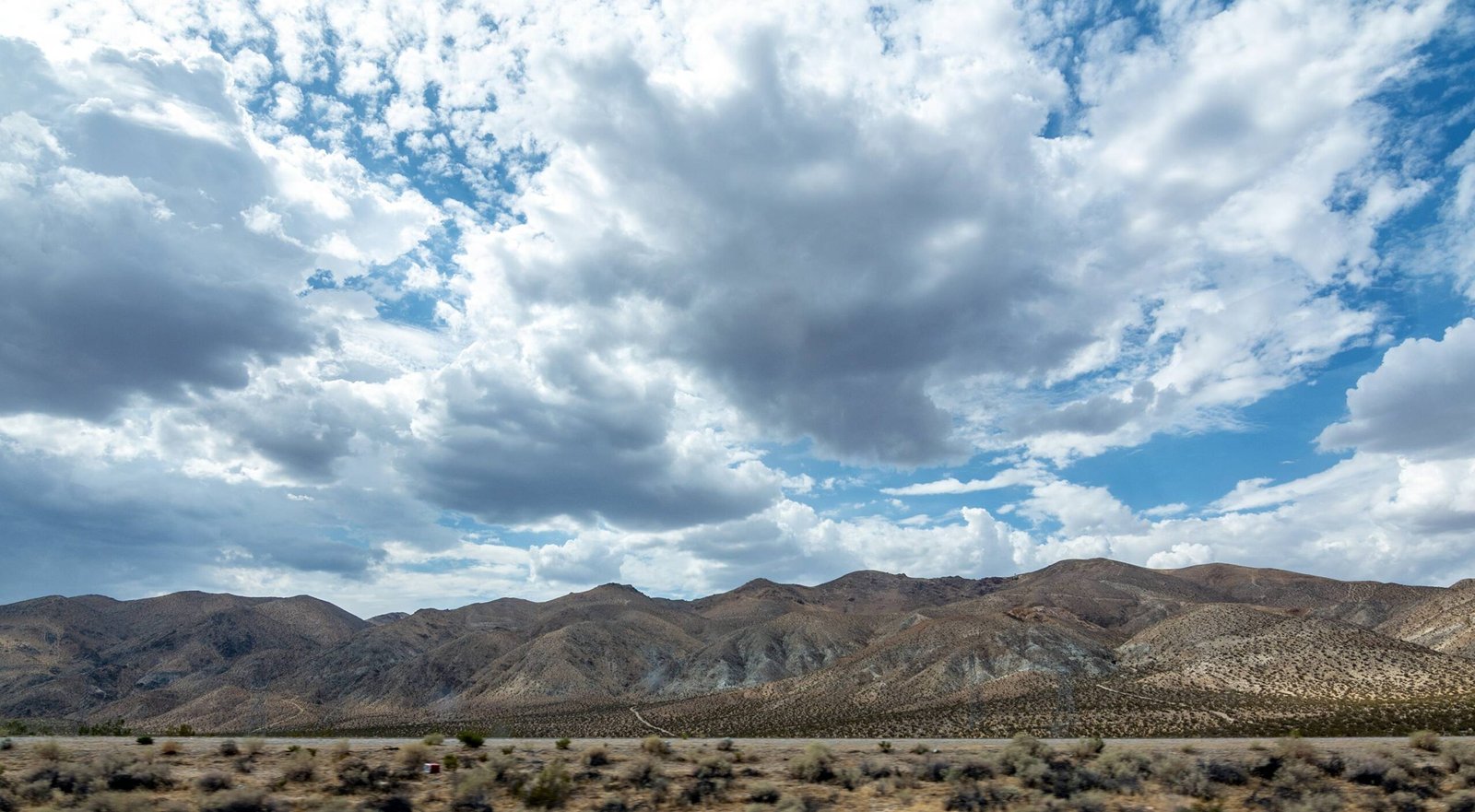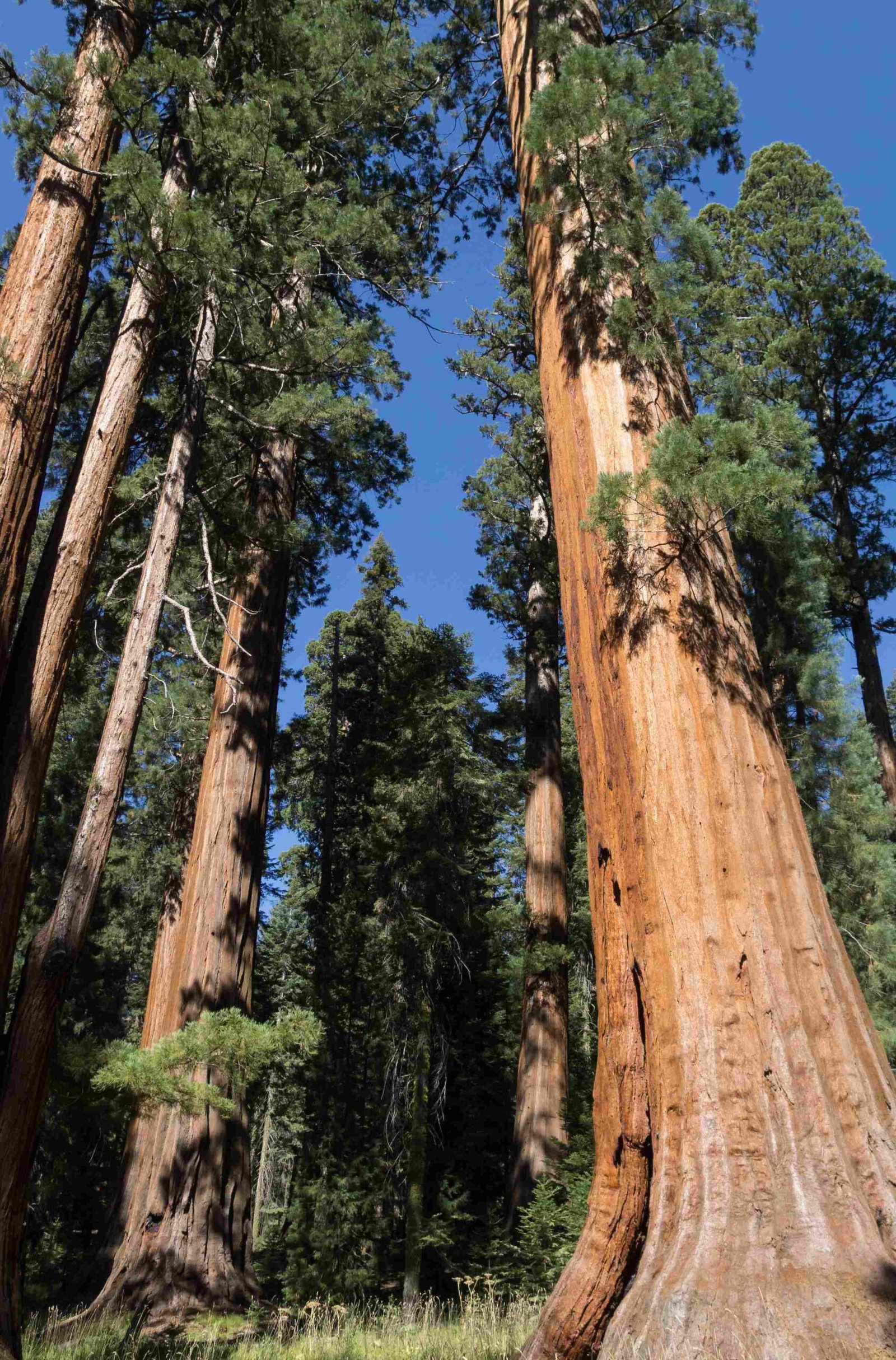The Sequoia National Park mountain yellow legged frog is a critically endangered amphibian species native to the high-elevation aquatic ecosystems of the Sierra Nevada. These frogs inhabit fishless lakes, ponds, and streams at elevations between 3,609 and 12,500 feet. Conservation efforts focus on fish removal, habitat restoration, and disease management to protect this vulnerable species from extinction. The frog’s diet consists primarily of aquatic invertebrates, and its breeding season occurs in spring and early summer.
What Are the Habitat Requirements for the Sequoia National Park Mountain Yellow Legged Frog?

The Sequoia National Park mountain yellow legged frog has specific habitat needs:
- Elevation range: 1,100 m (3,609 ft) to 3,810 m (12,500 ft)
- Water sources: Naturally fishless lakes, ponds, tarns, and streams
- Water conditions: Perennial and not freezing to the bottom in winter
- Vegetation: Minimal, primarily in alpine regions
- Specific locations: High-elevation areas in Sequoia and Kings Canyon National Parks, including Upper LeConte Canyon
These frogs require aquatic environments that support both their adult and larval stages. The absence of predatory fish is crucial for their survival, as non-native trout pose a significant threat to their populations.
How Are Conservation Efforts Protecting the Sequoia National Park Mountain Yellow Legged Frog?

Conservation initiatives for the Sequoia National Park mountain yellow legged frog are multifaceted and ongoing:
- Fish Removal Programs
- Started in 2001
- Nearly 44,000 fish removed from 19 lakes
-
Resulted in significant frog population increases
-
Habitat Restoration
- Removal of non-native species
-
Example: Upper LeConte Canyon saw a 10,000% increase in frog populations between 2001 and 2004
-
Reintroduction Projects
- Ongoing efforts to reintroduce frogs into fishless lakes
-
Yosemite Conservancy supported project began in 2006
-
Disease Management
- Focus on mitigating impacts of amphibian chytrid fungus
-
Implementation of decontamination protocols
-
Funding and Support
- Sources include National Science Foundation, Yosemite Conservancy, and park entrance fees
These efforts demonstrate a comprehensive approach to protecting and restoring the Sequoia National Park mountain yellow legged frog populations.
What Does the Sequoia National Park Mountain Yellow Legged Frog Eat?
The diet of the Sequoia National Park mountain yellow legged frog is specialized and varies slightly between life stages:
| Life Stage | Primary Diet | Foraging Behavior |
|---|---|---|
| Adults | Benthic invertebrates, aquatic insects | Forage in aquatic environments, move seasonally |
| Juveniles | Benthic invertebrates, aquatic insects | Similar to adults, forage in aquatic habitats |
| Larvae | Aquatic vegetation, algae | Key aquatic grazers |
While specific seasonal changes in diet are not well-documented, the frogs adapt to food availability by moving among different aquatic sites throughout the year. This flexibility in foraging behavior is crucial for their survival in high-elevation habitats with varying resource availability.
When and How Does the Sequoia National Park Mountain Yellow Legged Frog Breed?
The breeding season for the Sequoia National Park mountain yellow legged frog is a critical period in their life cycle:
- Timing:
- Typically occurs in spring and early summer
-
Exact dates vary based on weather conditions and elevation
-
Breeding Sites:
- Shallows of ponds, lakes, and inlet streams
-
Still or slow-moving water habitats
-
Egg-Laying Process:
- Eggs deposited underwater in clusters
-
Larvae overwinter in these aquatic habitats
-
Challenges to Successful Reproduction:
- Presence of non-native trout (compete for food and prey on eggs/tadpoles)
- Amphibian chytrid fungus (potentially fatal to frogs)
- Habitat degradation
- Airborne contaminants
The breeding success of these frogs is crucial for the species’ survival, making conservation efforts during this period particularly important.
What Are the Main Threats to the Sequoia National Park Mountain Yellow Legged Frog?
The Sequoia National Park mountain yellow legged frog faces several significant threats:
- Non-native Trout
- Introduced for recreational fishing
- Prey on frog eggs, tadpoles, and adults
-
Compete for food resources
-
Amphibian Chytrid Fungus (Batrachochytrium dendrobatidis)
- Causes chytridiomycosis, a potentially fatal skin disease
-
Spreads easily in aquatic environments
-
Habitat Loss and Degradation
- Climate change impacts on high-elevation ecosystems
-
Alterations in water availability and quality
-
Airborne Contaminants
- Pesticides and other pollutants from agricultural areas
-
Can accumulate in high-elevation habitats
-
Limited Genetic Diversity
- Due to population fragmentation and decline
- Reduces resilience to environmental changes and diseases
Addressing these threats requires a multi-faceted approach, combining habitat restoration, disease management, and careful monitoring of frog populations.
How Can Visitors to Sequoia National Park Help Protect the Mountain Yellow Legged Frog?
Visitors to Sequoia National Park can play a role in protecting the mountain yellow legged frog:
- Stay on Designated Trails
-
Prevents habitat disturbance and reduces the spread of diseases
-
Practice Leave No Trace Principles
-
Minimize impact on fragile alpine ecosystems
-
Avoid Using Sunscreen or Insect Repellent Near Water Sources
-
These products can contaminate aquatic habitats
-
Report Frog Sightings to Park Rangers
-
Helps with population monitoring efforts
-
Educate Others About the Frog’s Importance
-
Raises awareness about conservation needs
-
Support Conservation Organizations
-
Donate to or volunteer with groups working to protect the species
-
Follow Park Regulations
- Especially those related to fishing and aquatic ecosystem protection
By taking these steps, visitors can contribute to the ongoing efforts to protect this endangered species and its habitat within Sequoia National Park.

